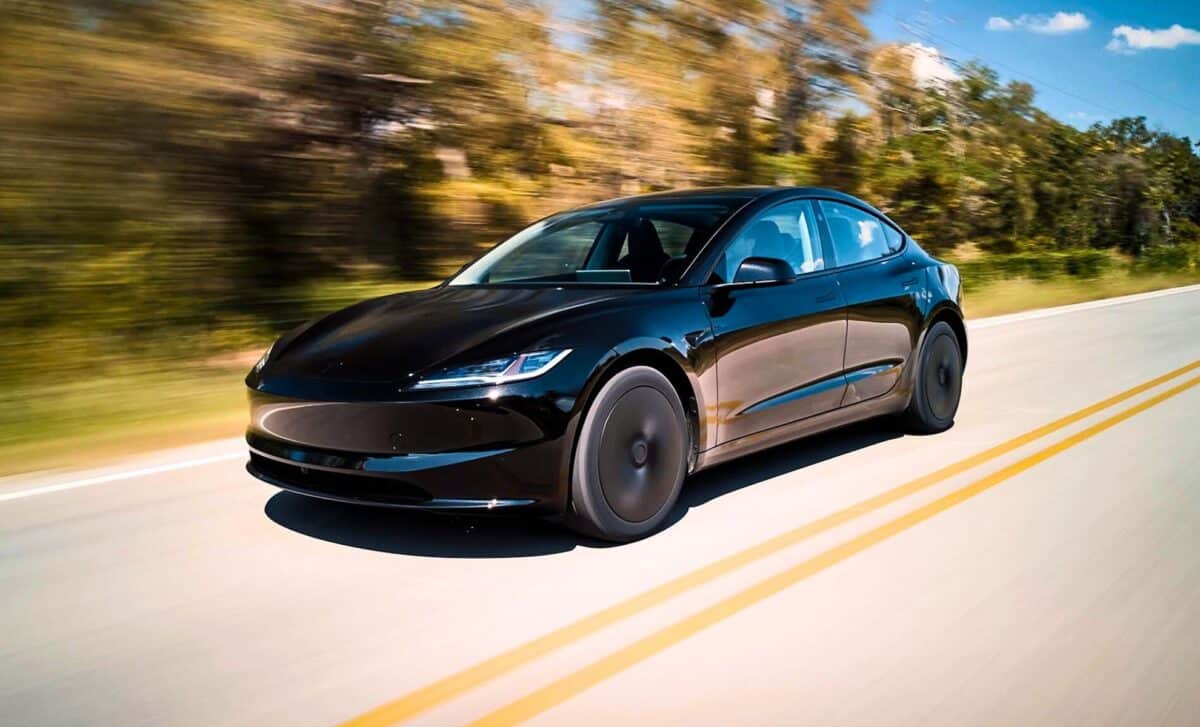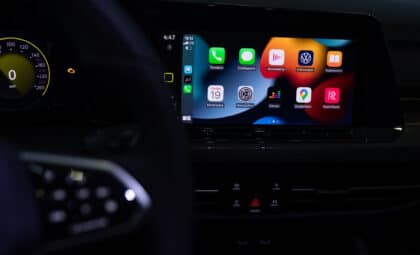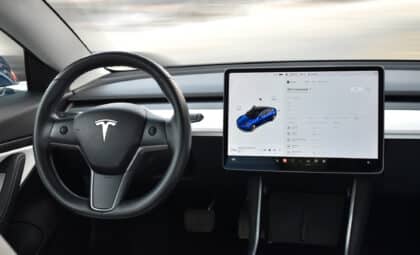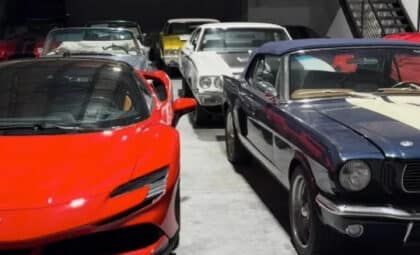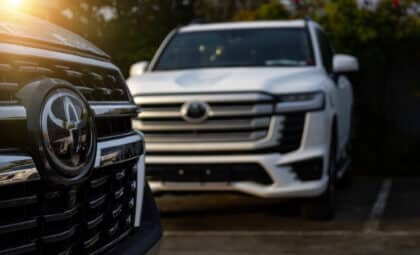In the nearly two decades since Tesla rolled its first all-electric roadster onto California streets, the company has worn many hats: tech disruptor, Wall Street darling, cultural lightning rod. But the 2026 Model 3 Standard may signal something simpler—and perhaps more consequential. It’s Tesla getting back to basics.
The new Model 3 isn’t flashy. It doesn’t tout record-breaking speed or breakthrough battery chemistry. Instead, it refines what already worked: a sedan that looks sleek, drives clean, and now, quietly undercuts much of the electric competition on price. With modest design updates, an improved ride, and an estimated range north of 320 miles (514.99 km), this version appears built less to dazzle than to dominate.
Tesla has trimmed weight, streamlined components, and recalibrated its pricing in an electric vehicle market that’s cooling from the highs of 2021. According to data from Cox Automotive, EV inventory in the U.S. reached an all-time high this summer, while average EV prices dropped nearly 20% from a year prior. In that landscape, the Model 3 Standard’s quiet arrival feels almost subversive.
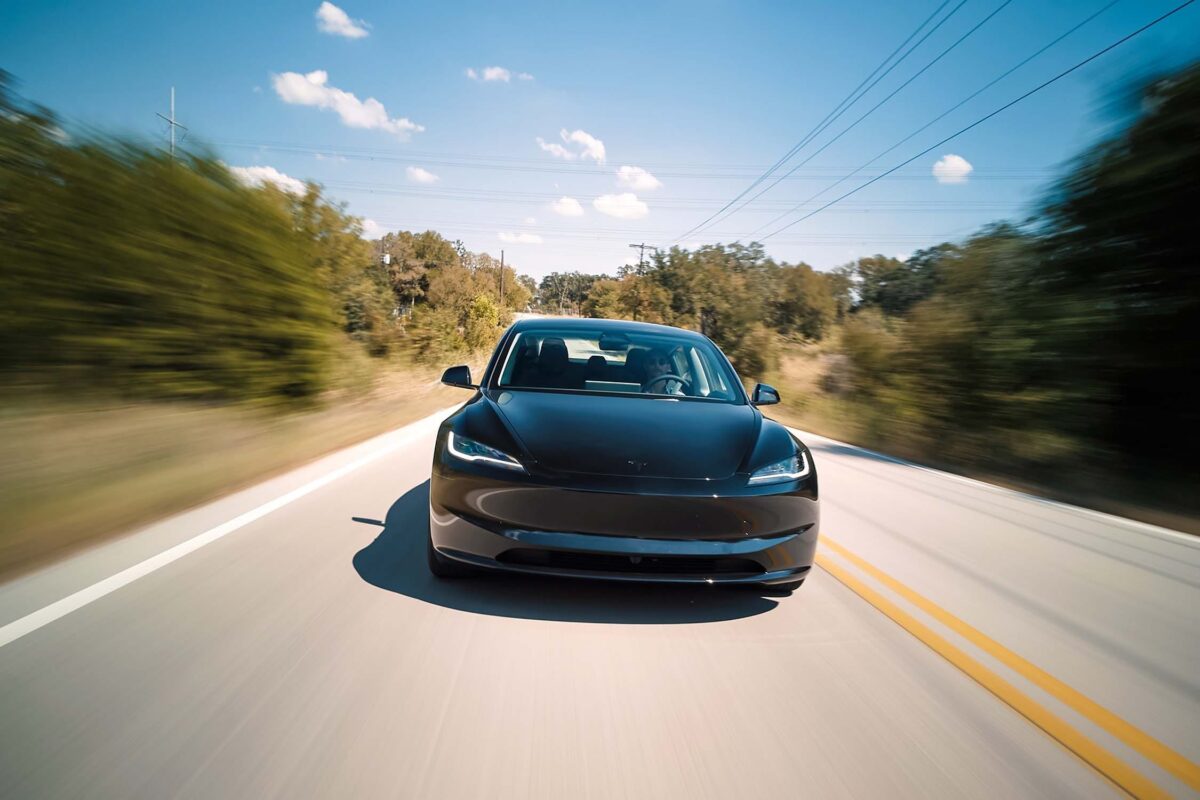
There’s no viral unveiling or theatrical reveal. Just a tighter build, a quieter cabin, and fewer dollars on the sticker. It may not be the most exciting Tesla release—but it could be the most important one in years.
Design Language Grows Up, Subtly
The visual changes are subtle enough to miss at a glance, but side by side with the outgoing model, the new Model 3 is unmistakably sharper. Headlights are narrower. The front fascia is cleaner. The hoodline, marginally lowered, adds a more assertive stance. Tesla claims improved aerodynamics, and while the drag coefficient is only slightly reduced, the cumulative effect is noticeable in real-world driving—less wind noise, better efficiency.
Inside, the theme is restraint. Physical buttons are gone entirely, replaced by capacitive controls and voice activation. A single touchscreen remains the command center for everything from navigation to climate. While some drivers may miss tactile inputs, Tesla’s user interface has matured significantly, and software updates have made features like lane keeping and adaptive cruise smoother and more intuitive than earlier iterations.
The result isn’t a revolution. It’s refinement. This is a car that feels familiar—but finished.
Performance That Prioritizes Polish Over Power
In a lineup known for zero-to-sixty bravado, the Standard’s single-motor, rear-wheel-drive configuration is refreshingly grounded. Acceleration is brisk but not blistering—Tesla hasn’t released final specs, but independent testing from AutoGuide pegs the sprint to 60 mph (96.56 km/h) around 5.8 seconds, squarely in the range of a BMW 3 Series or Audi A4.
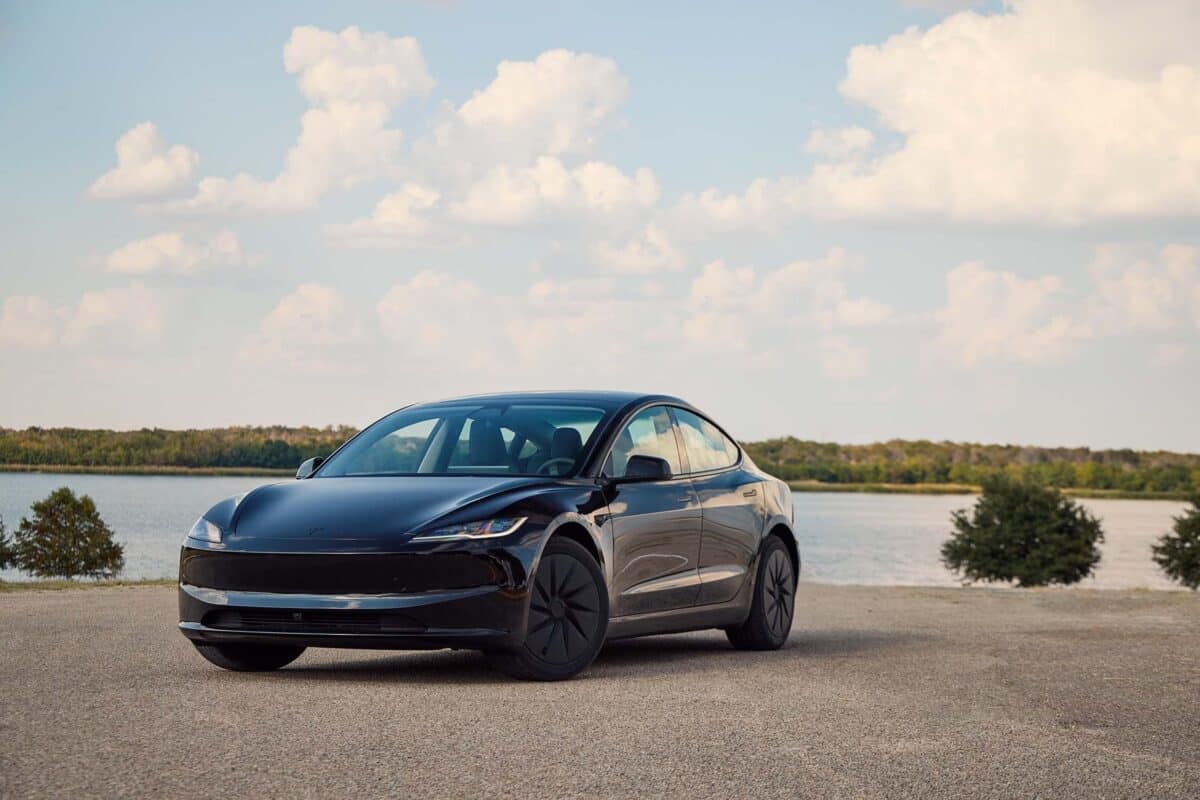
What stands out more is the chassis. The new Model 3 rides smoother than before, with revised suspension tuning that soaks up road imperfections without feeling detached. Steering remains light but responsive, and regenerative braking has been refined for more predictable pedal feel.
Tesla has also expanded driver control over performance settings. Drivers can now tweak regenerative braking intensity, cooling modes, and even traction bias, giving more customization than previous Standard trims. These are small additions, but they signal Tesla’s intent to treat even its base models with engineering care.
Range Estimates That Meet Real-World Expectations
Tesla claims an EPA-estimated range of 321 miles, placing the Standard version well above the median for similarly priced EVs. Unlike many competitors, Tesla’s range estimates tend to hold up under real-world driving conditions—a result of optimized software, efficient motors, and aerodynamic design.
Battery size remains slightly below that of the Long Range or Performance models, but advances in energy density and drivetrain management help close the gap. The company has also improved thermal management systems to maintain range stability across climates—a common pain point for EV drivers in colder regions from the U.S. Department of Energy.
Charging remains a strong suit. Tesla’s Supercharger network, now opening to non-Tesla vehicles in several states, still offers the fastest and most widespread fast-charging experience in North America. The Model 3 Standard supports up to 170 kW DC fast charging, allowing an 80% top-up in just over 25 minutes under optimal conditions.
The Affordability Pivot Is No Accident
The most attention-grabbing change is the one on the invoice. The 2026 Model 3 Standard now starts below $38,000 before federal incentives, making it eligible for up to $7,500 in EV tax credits under the Inflation Reduction Act—assuming final battery sourcing meets eligibility rules source. That could bring the effective price below $31,000, rivaling many gas-powered sedans.
Tesla’s price strategy is part necessity, part offensive. As new Chinese automakers like BYD prepare for U.S. entry and legacy carmakers double down on EVs, the race for the middle of the market has intensified. Affordability, not acceleration, may be the new battleground.

